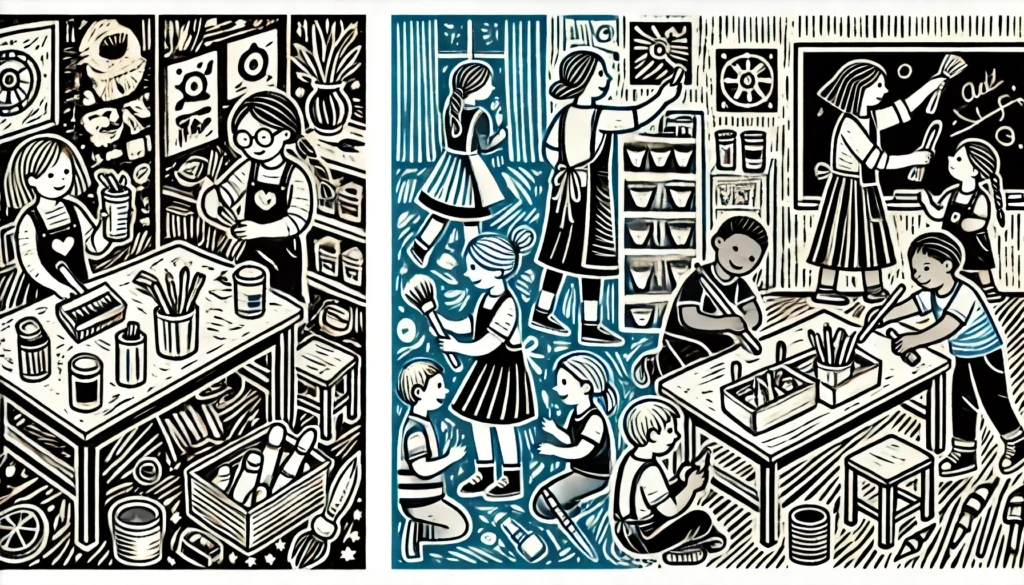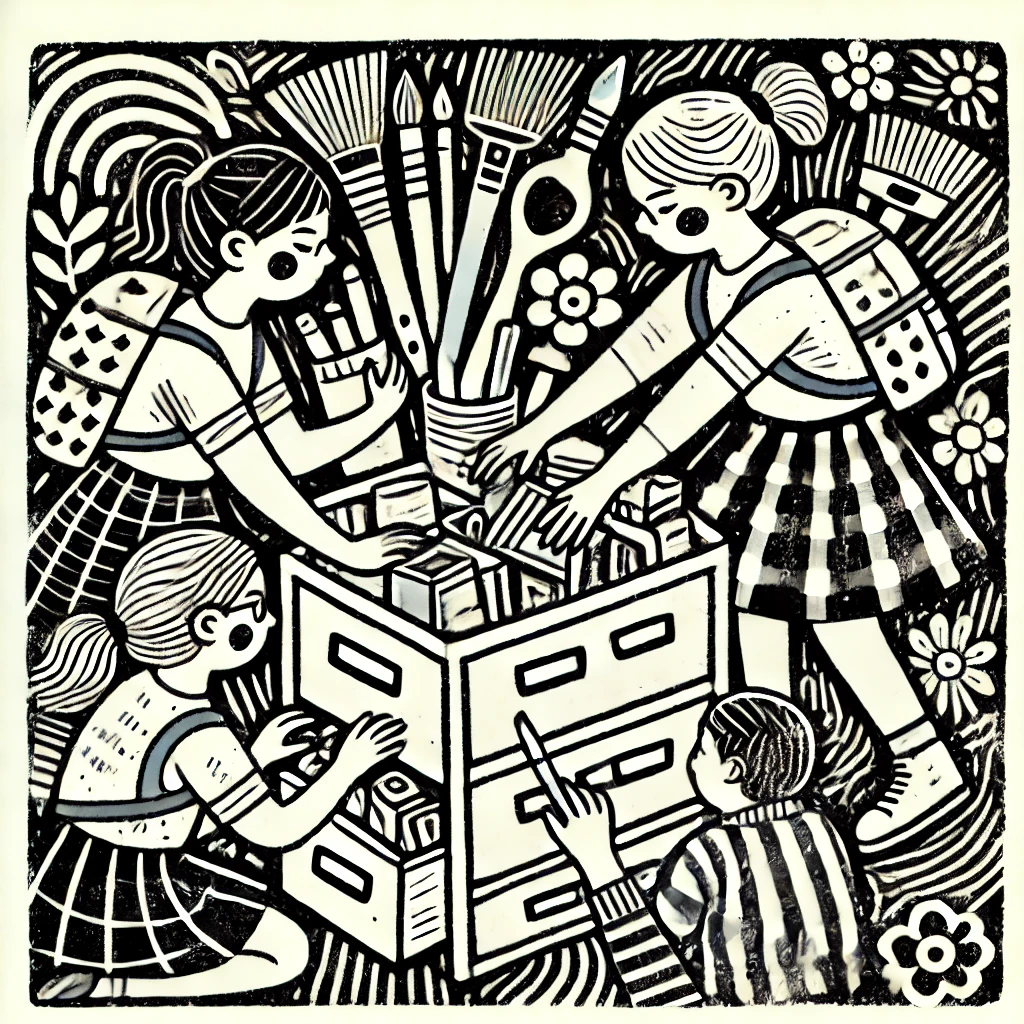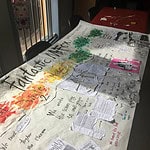Classroom Cleanup Routines and Strategies: Cultivating Responsibility and Collaboration in the Classroom
Maintaining a clean and organized classroom is essential for fostering a holistic teaching environment. Involving students in the cleanup process not only keeps the space tidy but also promotes responsibility, collaboration, and a sense of community. These classroom cleanup routines align perfectly with the Reggio Emilia approach, emphasizing respect and communal living in the classroom.
The Importance of a Tidy Classroom Environment
A well-organized classroom goes beyond simply being conducive to creativity; it is fundamental to teaching responsibility and care. When students participate in maintaining their environment, they learn valuable life skills that help them become responsible and caring adults. The primary goal is to foster a holistic teaching environment where “cleaning up” is just as important as the learning activities themselves. This process instills in children the importance of taking care of their space and respecting communal areas, reflecting the Reggio Emilia principles of respect and community.
For more insights into this approach, check out What is the Reggio Emilia Approach?

Making Cleanup Fun
Over the years, I discovered that making the cleanup process enjoyable was key to its success. My favorite method was to let a different student each week choose a song for the cleanup session. Kids loved playing their favorite hits, and it created a lively atmosphere that made the task less tedious. This added an element of fun and anticipation to the routine, turning a chore into an eagerly awaited part of the day.
The school had a policy where janitors would not clean up supplies left around the classroom. If the classroom was left dirty, the janitor would leave all supplies in the center of the room to be put away the next day. This system emphasized the importance of responsibility and accountability, ensuring that students understood the consequences of not completing their tasks.
It’s probably worth noting that this was an international school in Asia, where classroom cleanup is a normal occurrence.
This was my experience, but I’m sure other teachers all have their own tricks. Let me know yours in the comments!

Discipline is Not Only for Children!
As teachers, we play a crucial role in setting a good example for our students. If we want students to be responsible with their tasks and time, we should be the first to do the same.
Effective time management in lesson planning is essential for a smooth and productive classroom environment. This means planning our lessons in a way that leaves enough time for cleanup and cool down activities. Just as we expect students to wrap up their projects on time, we should wrap up our lessons in time.
- Allocate Specific Time for Each Activity: Plan your lessons with designated times for each activity. This ensures a smooth transition and keeps students engaged. Inform them beforehand how long they will have for each task, and remind them of the time passing as they work on their project (e.g., “We still have 10 minutes,” or “15 more minutes remaining”).
- Ensure Time for Cleanup and Cool Down: Allocate time at the end of each cycle for cleanup and cool down or mindfulness activities. This helps students transition calmly to the next part of their day. Teachers be aware: Cleanup should not come at the expense of the students’ recess time! Instead, it should be seen as an integral part of the project.
This approach ensures that both students and teachers complete everything within the allocated timeframe, reinforcing the importance of discipline and time management.
Involving Students in Maintaining the Classroom Environment
One of the best ways to keep a classroom tidy is by involving students in creating rules and guidelines. When students take part in these decisions, they feel a sense of ownership and accountability. Encourage student-led initiatives, such as organizing supplies or decorating the cleanup area. Provide opportunities for students to give feedback and suggest improvements to the cleanup process. This collaborative approach ensures that routines remain effective and engaging.
For more on fostering responsibility and community, you might find these related posts helpful: Reggio Emilia Classroom Design, What is Loose Parts Play?, and Is Reggio Emilia the Same as Montessori?.
I encourage you to try these strategies in your classroom and see the difference they make. Share your own cleanup routines and tips in the comments to continue the conversation and inspire others!












